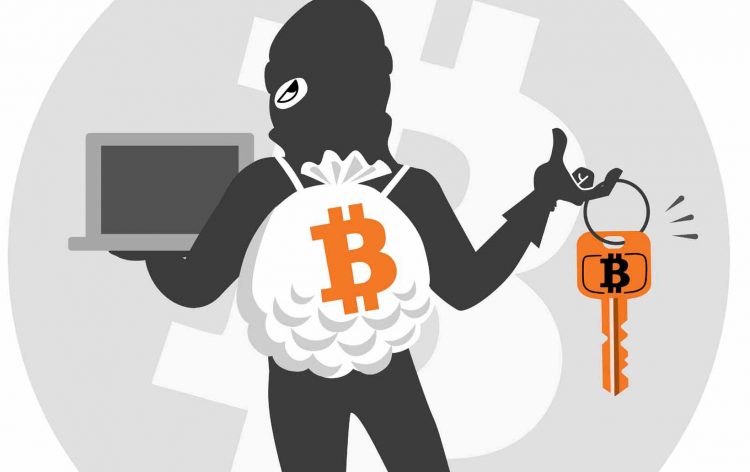New report shows $1.2 Billion in crypto has been stolen since 2017

Since the start of 2017, the term cryptocurrency has been all too common thanks to Bitcoin’s popularity and the arrival of more than 1,500 altcoins. The rise of the crypto market has not only attracted new investors but criminals too. It is estimated that around $1.2 billion worth of cryptocurrency has been stolen by criminals since the start of 2017.
According to estimates from Anti-Phishing Working Group, the theft of the $1.2 billion includes both reported and unreported theft of cryptocurrencies. Cryptocurrencies are being used by criminals to facilitate criminal activities such as drug trafficking, money laundering, and the actual theft of crypto coins and tokens, said Dave Jevans, CEO of cryptocurrency security firm CipherTrace. He is also the chairman of APWG.

The recovery rate of stolen crypto is extremely low
Jevans estimates that of the $1.2 billion stolen, the most that has ever been recovered is 20%. He adds that global law enforcement agencies are working hard to track the criminals. It is likely that criminals will have a tougher time with the implementation of the European Union’s new General Data Protection Regulation (GDPR), which took effect on Friday, May 25th.
The GDPR will definitely have a negative impact on the overall security of the internet and will also inadvertently help cybercriminals, observed Jevans. GDPR aims to restrict access to critical information which will significantly hinder investigations into criminal activities such as phishing, fraud, crypto theft, ransomware, and malware.
How easy will it be to keep criminals at bay?
The European Union passed the GDPR in 2016. It is one of the few crypto regulations introduced that year. The law aims to simplify and consolidate the rules that companies need to follow when they want to protect their data. The law also aims to return control of personal information to the EU citizens and residents. Coming into effect of the GDPR means that most of the European domain data in WHOIS will not be published publicly after Friday, May 25th. WHOIS which is the internets’ database record and contains the names, email addresses, and addresses of everyone who has registered their domain names for websites.

WHOIS plays a fundamental role when investigators and law enforcement officials are working to prevent theft. Jevan notes that WHOIS data is important in performing investigations that lead to the recovery of stolen funds. It also helps in identifying the people behind the criminal acts and also provides vital information for the law enforcement to arrest and prosecute criminals.
It is likely that the European crypto market will become all dark for the law enforcement agencies and regulators which then means that the bad guys will have a field day in Europe. This is because no one will get the necessary data anymore, observed Jevan.
Some experts say that the vagueness of some of the sections of the GDPR especially in regards to the right to data erasure may give room to an interpretation favorable to the blockchain.


























Comments (0 comment(s))